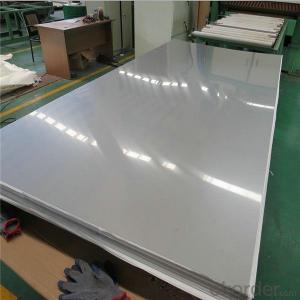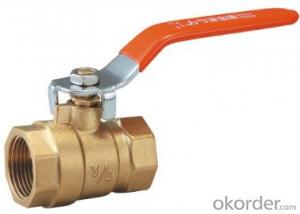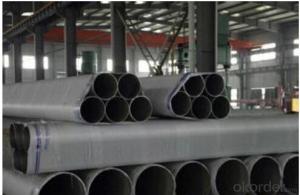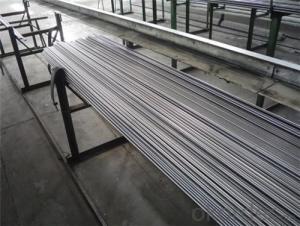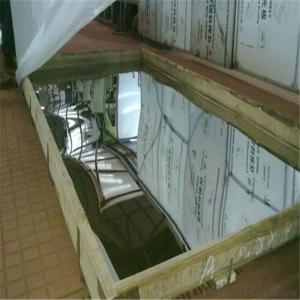309 Stainless Steel
309 Stainless Steel Related Searches
Best Paint For Stainless Steel Blanket Insulation For Steel Buildings Primer For Galvanized Steel Foam Filter For Stainless Steel H S Code For Stainless Steel Surface Grinding Wheels For Stainless Steel Surface Grinding Wheels For Hardened Steel Hole Saw For Stainless Steel Paint For Stainless Steel Stainless Steel For BbqHot Searches
Steel Mesh Panels For Sale Price For Stainless Steel Scrap Scrap Price For Stainless Steel Price For Stainless Steel Stainless Steel Tank For Sale Stainless Steel Sheets For Sale Cheap High Tea Sets For Sale Stainless Steel Tanks For Sale Stainless Steel For Sale High Density Fiberboard For Sale Solar Hot Water Collectors For Sale Scaffolding For Sale In Uae Scaffolding For Sale In Ireland Scaffolding For Sale In Houston Type Of Inverter For Solar Price Of Shipping Containers For Sale Types Of Inverter For Solar Stock Price For Aluminum Used Solar Inverter For Sale Steel Mesh Panels For Sale309 Stainless Steel Supplier & Manufacturer from China
Okorder.com is a professional 309 Stainless Steel supplier & manufacturer, offers integrated one-stop services including real-time quoting and online cargo tracking. We are funded by CNBM Group, a Fortune 500 enterprise and the largest 309 Stainless Steel firm in China.Hot Products
FAQ
- Yes, stainless steel sheets are ideal for chemical processing due to their exceptional corrosion resistance, high strength, and durability. They can withstand exposure to various chemicals, acids, and alkalis without getting corroded or contaminated, making them an excellent choice for such applications.
- Yes, stainless steel sheets can be used in high-pressure applications. Stainless steel is known for its excellent corrosion resistance and high strength, making it suitable for various industrial applications including high-pressure environments. The high strength of stainless steel allows it to withstand the force exerted by high-pressure fluids or gases without deforming or failing. Additionally, stainless steel sheets can be fabricated into different shapes and sizes, enabling their use in a wide range of high-pressure applications such as pressure vessels, pipelines, hydraulic systems, and heat exchangers. Overall, stainless steel sheets are a reliable and durable choice for high-pressure applications due to their inherent strength and corrosion resistance properties.
- What's the difference between 201 and 204 stainless steel plates? Thank you
- The price is different: 01 cheaper, 04 expensive. Toughness is different: 01 hardness, 04 toughness.
- Is there any magnetism in 304 stainless steel?
- Stainless steel friends are many, there are some differences in color, but not very good to distinguish. Can be judged according to the magnetic (magnet test): magnetic was 202 (ferritic stainless steel) magnetic or nonmagnetic small is 304 (stainless steel), are generally magnetic, but strength difference.
- The width range available for stainless steel sheets can vary depending on the supplier, but it typically ranges from 36 inches to 72 inches.
- Certainly, wastewater treatment can employ stainless steel sheets. Stainless steel boasts remarkable corrosion resistance and can endure harsh chemicals and environments, rendering it an optimal substance for wastewater treatment purposes. Its utility extends to the construction of tanks, pipes, and other equipment employed in the treatment procedure. Moreover, stainless steel sheets are effortlessly cleaned and maintained, diminishing the chances of contamination. Furthermore, stainless steel qualifies as a sustainable material since it can be recycled, thereby presenting an environmentally conscious option for wastewater treatment facilities.
- Architectural designs can benefit greatly from the use of stainless steel sheets. This versatile material provides a wide array of advantages for such projects. Its durability and resistance to corrosion make it perfect for both indoor and outdoor applications. Moreover, architects can easily shape and size stainless steel sheets, enabling them to create unique and visually captivating designs. The sleek and modern appearance of stainless steel also enhances the aesthetic appeal of buildings, making it a popular choice in contemporary architecture. Additionally, stainless steel is an environmentally friendly option as it is fully recyclable, contributing to sustainability efforts in architectural designs. In conclusion, stainless steel sheets offer a multitude of benefits that make them highly suitable for architectural projects.
- Are stainless steel plates 3.4mm or 3.5mm thick?
- There are stainless steel sheets in these two specifications.According to standard GB/T 708-2006 cold rolled steel sheet size tolerances, the stainless steel sheet thickness is 0.3~4 mm,
















